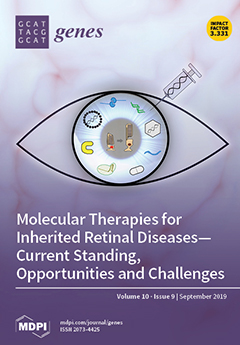Latent autoimmune diabetes in adults (LADA) was recently demonstrated to be the most frequent form of adult-onset autoimmune diabetes mellitus. Case–control studies have investigated the relationship between human leukocyte antigen (HLA)-DQB1 and HLA-DRB1 polymorphisms and LADA risk, but their conclusions are inconsistent. This study aimed to more precisely explore the correlation between these HLA gene variants and LADA development. Eight databases, including PubMed, Embase, and Medline, were systematically searched for relevant studies up to September 15, 2018. We performed this retrospective study using meta-analysis and relative predispositional effect (RPE) methods. The meta-analysis results indicated that DQB1*02 (odds ratio (OR) = 1.685,
pc < 0.005) and DQB1*06 (OR = 0.604,
pc = 0.010) have opposite effects on susceptibility to LADA, while a significant decrease in LADA risk caused by DQB1*05 (OR = 0.764,
pc = 0.100) disappeared upon Bonferroni correction. The RPE method confirmed the roles of DQB1*02 (χ² = 46.475,
p < 0.001) and DQB1*06 (χ² = 17.883,
p < 0.001) and further suggested protective effects of DQB1*05 (χ² = 16.496,
p < 0.001). Additionally, the meta-analysis results showed that DRB1*03 (OR = 2.685,
pc < 0.013), DRB1*04 (OR = 1.954,
pc < 0.013), and DRB1*09 (OR = 1.346,
pc < 0.013) are associated with increased LADA risk, while DRB1*12 (OR = 0.600,
pc < 0.013) and DRB1*13 (OR = 0.583,
pc < 0.013) carriers have a decreased risk of developing LADA. Furthermore, the RPE method revealed that DRB1*03 (χ² = 98.754,
p < 0.001), DRB1*04 (χ² = 94.685,
p < 0.001), DRB1*09 (χ² = 40.489,
p < 0.001), DRB1*01 (χ² = 12.181,
p < 0.001), DRB1*07 (χ² = 10.882,
p = 0.001), and DRB1*08 (χ² = 5.000,
p = 0.025) play protective roles against LADA. LADA showed a close relationship with genetic polymorphisms of HLA-DQB1 and WHLA-DRB1, which could contribute to a better understanding of disease pathogenesis and the identification of predisposing loci in the diagnosis and treatment of LADA.
Full article






